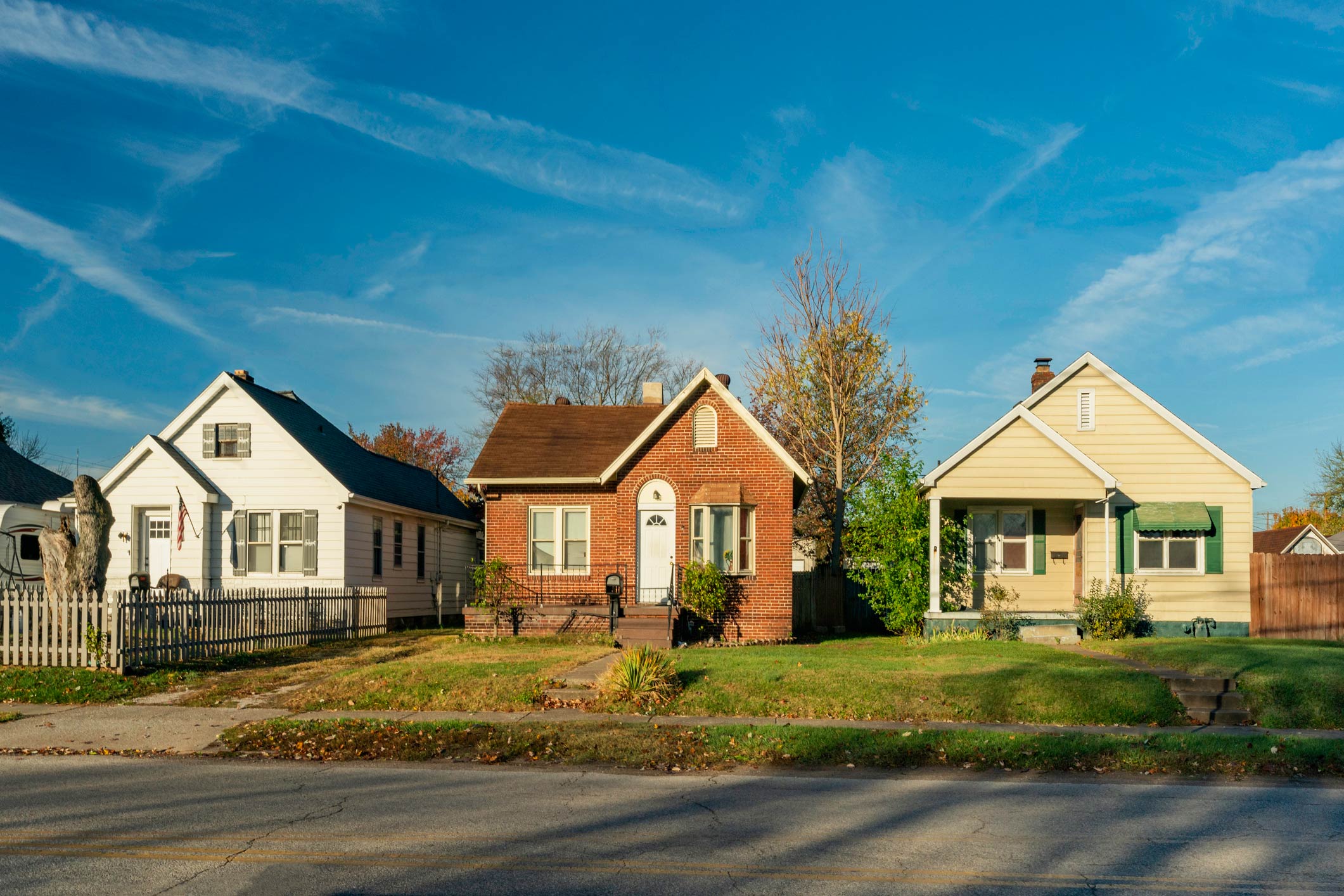What You Need To Know About Down Payments
A down payment is the amount of cash a borrower pays upfront to buy a home. That amount goes toward the purchase price. The remaining amount is usually then financed with mortgage loans. The general rule is the more you put down, the less you’ll have to borrow.
How much should you put down on a house
When deciding how much to put down, consider both the amount of cash you have on hand and the expected and unexpected expenses of buying and owning a home. You should also consider the monthly mortgage payment you can comfortably afford since the amount you put down might have an impact on the loan types available to you, your interest rate, and whether or not you’ll have to pay mortgage insurance.

How your down payment can impact your mortgage
Most mortgage loan options require a down payment of at least 3% of the home price, but some loan types and lenders can even require 5% down or more. Putting down a minimum of 10% or 20% of the home price can often save you money because a higher down payment will likely mean your monthly mortgage payment will be smaller.
Putting less than 20% down will also require Private Mortgage Insurance, which is charged monthly and will increase your mortgage payment costs.
Determining what you need to have on hand
When you’re looking to buy a home, it’s a smart move to save and budget for more than just the amount you must put down initially. Beyond your down payment, you’ll want to have extra money set aside for:
- Additional closing costs
- Renovation and repairs
- Moving
- An adequate emergency fund
Keeping all of the above in mind will help you remain as financially flexible as possible, even after closing.

Not sure what's right? We've got you covered with helpful resources
Mortgage calculator
Use the mortgage calculator to get an estimate of your monthly mortgage payments.
Mortgage affordability calculator
Use the home affordability calculator to help you estimate how much home you can afford.
Down payment assistance search tool
Use this tool to learn about down payment assistance programs.
Find the option that’s right for you
It can be challenging to save for a large down payment. Fortunately, there are options that can make it easier to buy a home with a modest down payment.
Low down payment loan options
HomeReady®
With down payments as low as 3% and flexible funding, HomeReady loans can be a helpful alternative for income-restricted homebuyers who find it hard to save for a large down payment.
97% loan to value
This 3%-down financing option is available to first-time homebuyers who don’t have the resources for a large down payment but would otherwise qualify.
HFA Preferred™
HFA Preferred conventional loans are available to buyers with low to moderate incomes and require you to work directly with your state housing finance agency (HFA) or an approved lender.
Gifts and grants
Loans, grants, and gifts can help add to your savings for a home down payment, but the amount or percentage of gifted money that can be used varies by loan.
Gifts
Gifts typically come from a source, like family or a domestic partner, and may require documentation.
Grants and loans
Grants and loans could come from places like an employer or a down payment assistance program.

![]() It’s important to plan for a realistic down payment while keeping some cash in savings to give yourself a cushion.
It’s important to plan for a realistic down payment while keeping some cash in savings to give yourself a cushion.
![]() If you choose to make a lower down payment, your monthly payment will most likely be larger.
If you choose to make a lower down payment, your monthly payment will most likely be larger.
![]() Keep other savings goals in mind when deciding how much to put down.
Keep other savings goals in mind when deciding how much to put down.





